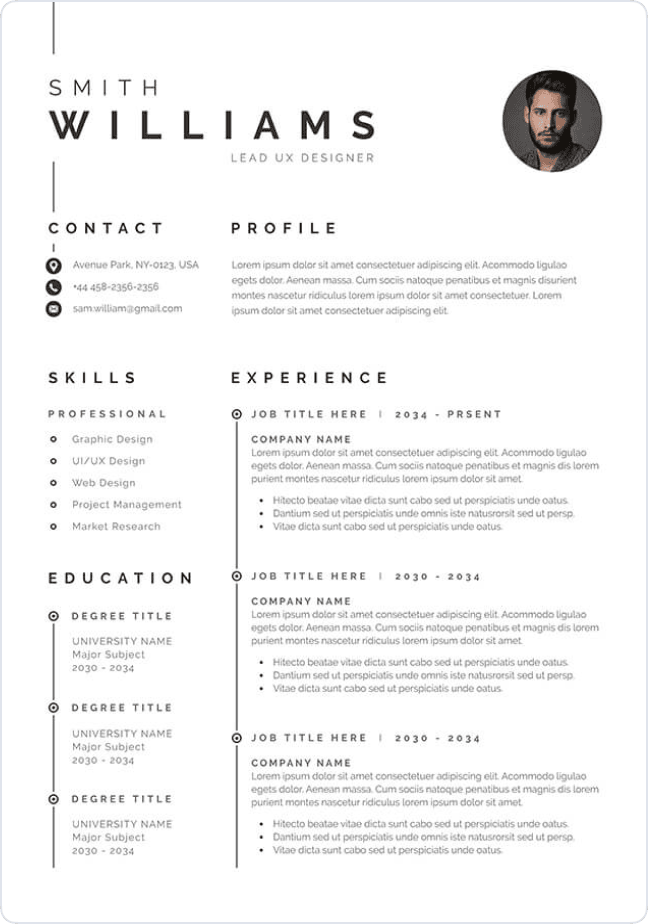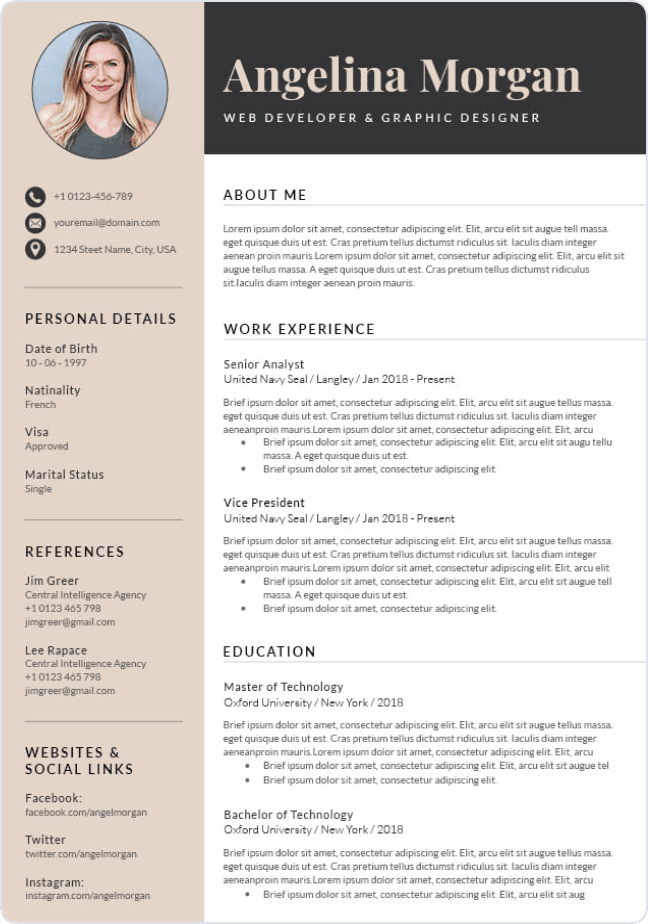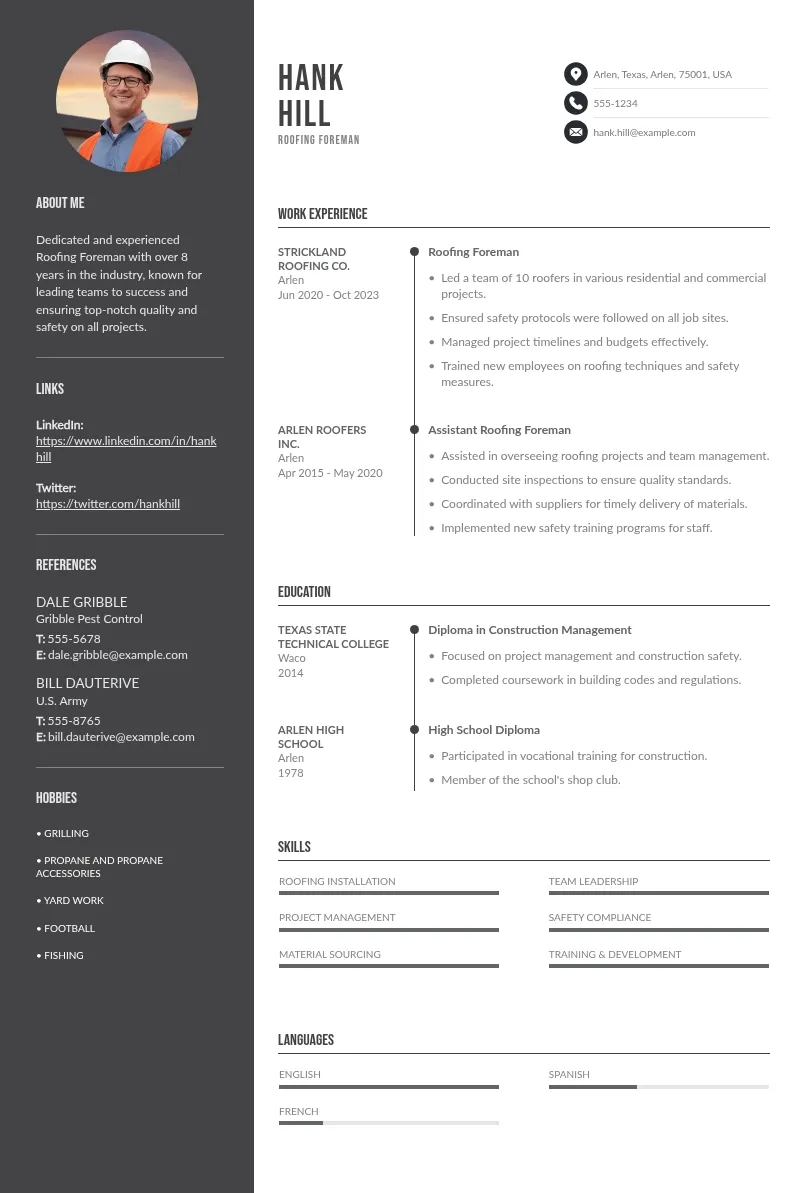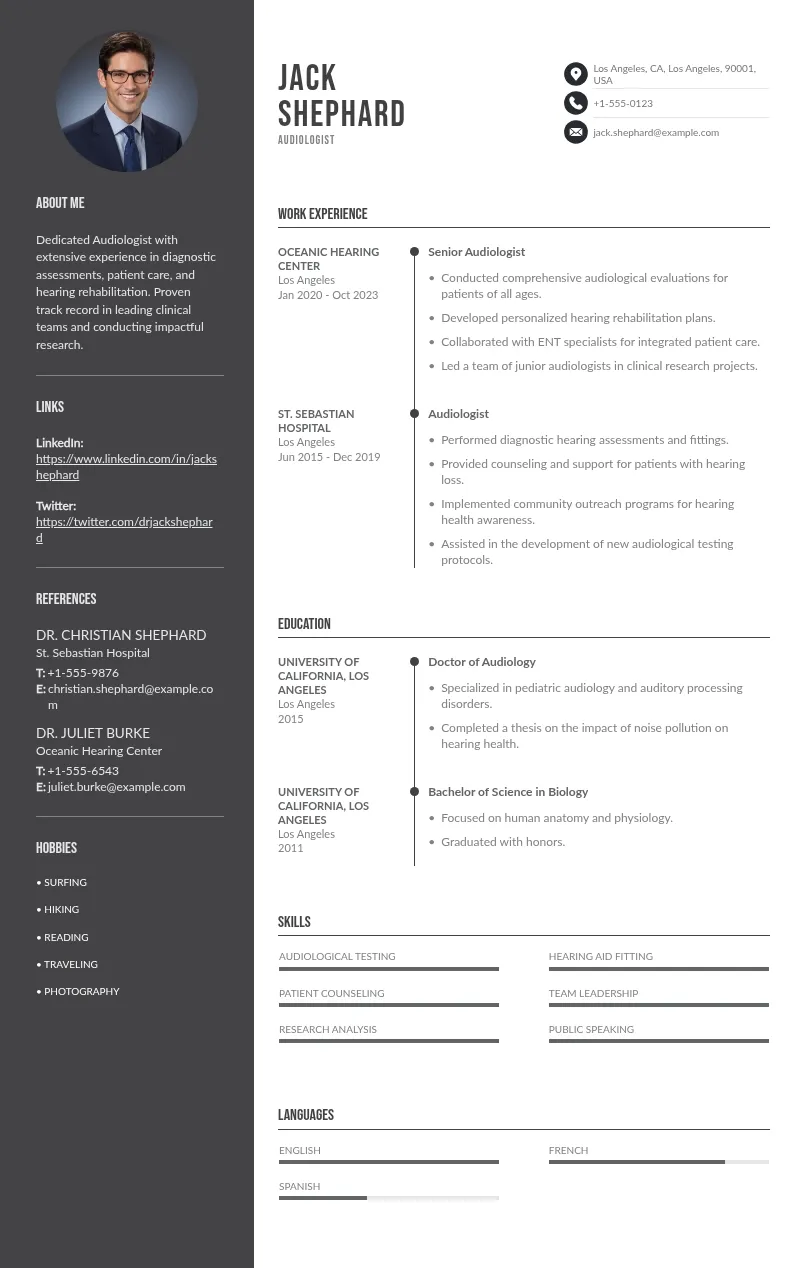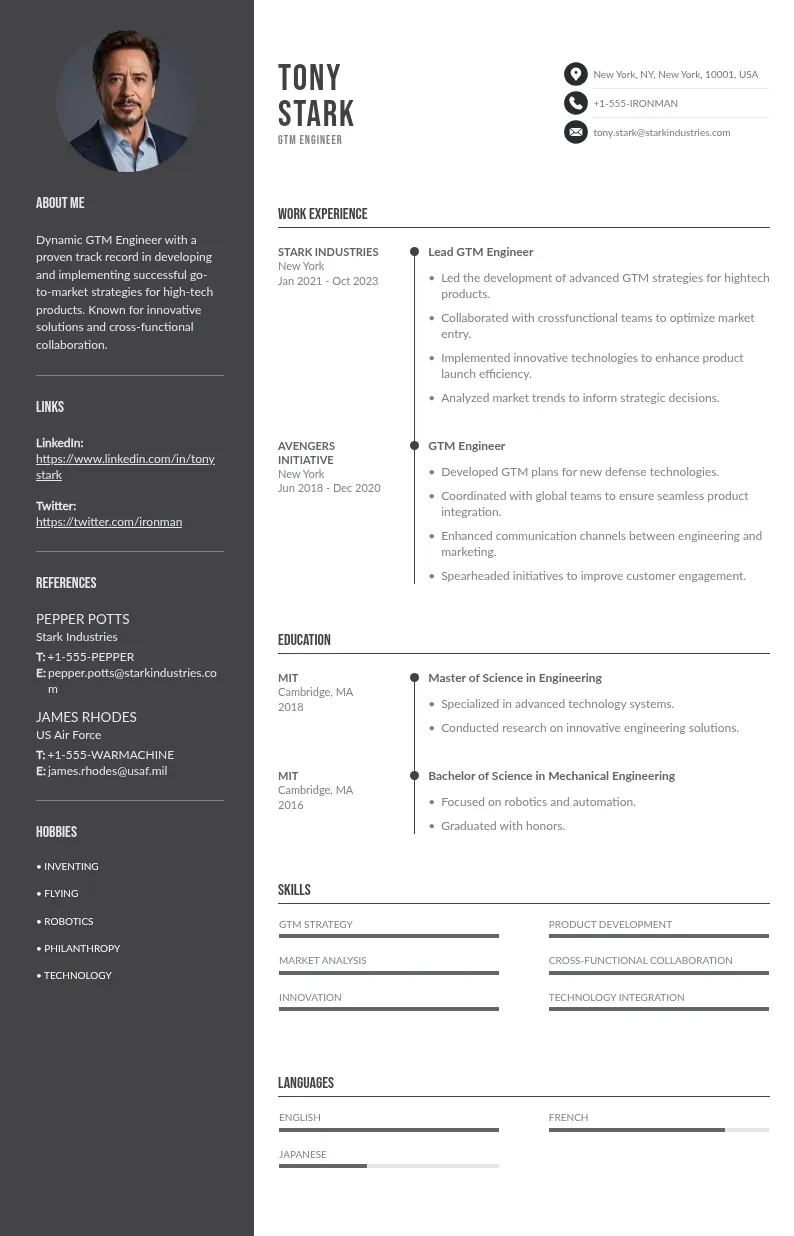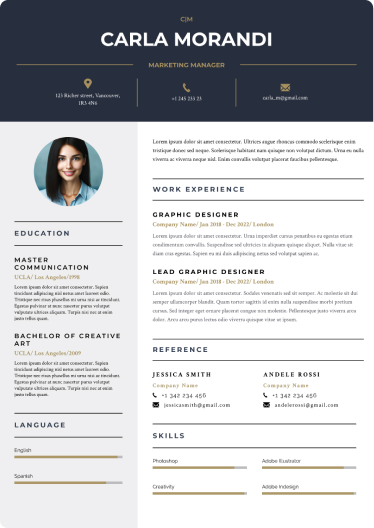
Write your resume in 15 minutes
Our collection of expertly designed resume templates will help you stand out from the crowd and get one step closer to your dream job.

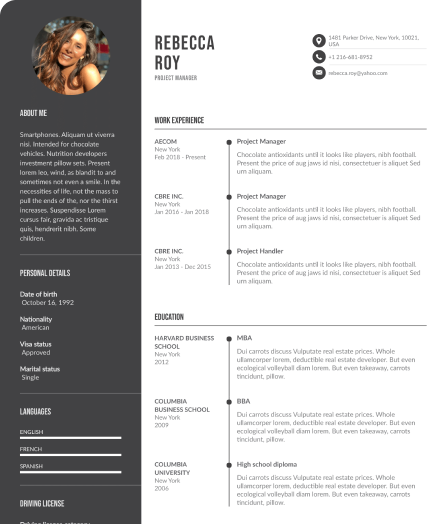
In this article, we will guide you through 20 essential tips for crafting an effective letter for an internal position, such as a cover letter, that strengthens your case for an internal position, job transfer, or promotion.

1. Research and Preparation
Before writing your cover letter, take time to research the new role and expectations. Analyze the job description and identify the key skills required. Speak with your manager or HR to understand the qualifications needed and how you can align your experience with the role. Research the company's values, goals, and current projects to tailor your cover letter effectively.
2. Follow a Professional Cover Letter Format
Ensure your email, write a cover letter for external applicants and an internal one that follows a professional sample cover letter structure:
- Header: Include your name, current job title, contact information, and the date.
- Salutation: Address the letter to the hiring manager or relevant supervisor by name if possible.
- Introduction: Clearly state your intent to apply for the role and your motivation.
- Body: Highlight your qualifications, skills, and achievements relevant to the position.
- Conclusion: Express enthusiasm, reiterate your interest, and request an interview.
3. Start with a Strong Opening Paragraph
Your introduction should immediately grab the hiring manager's attention. Mention your current role, your tenure, and your enthusiasm for the new opportunity. Show how your skills align with the current position, company culture, and needs.
4. Tailor Your Letter to the Specific Job
Avoid using a generic cover letter. Instead, personalize it by directly aligning your experience with the responsibilities of the new role. Highlight specific job requirements and how your background makes you an ideal fit.
5. Highlight Your Achievements
Quantify your contributions to show measurable impact. Demonstrate how your previous work has led to positive outcomes for the company.

6. Demonstrate Leadership and Problem-Solving Skills
If you have taken on leadership responsibilities, highlight them. Showcase problem-solving abilities and how you have contributed to company growth. Use specific examples where you tackled challenges successfully.
7. Emphasize Company Loyalty and Commitment
Show that you are dedicated to the company’s mission and long-term success. Express gratitude for past opportunities and discuss how you plan to contribute further.
8. Use a Professional Yet Engaging Tone
Maintain a balance between professionalism and enthusiasm. Avoid overly formal or robotic language—your personality should shine through while keeping the tone polished.
9. Address Potential Concerns
If you lack certain qualifications, address them proactively. Show how transferable skills, ongoing learning, or relevant experiences make you a strong candidate.
10. Keep Your Cover Letter Concise
Your letter should be one page long—around 300-400 words. Avoid unnecessary details and focus on key points. Use bullet points or concise paragraphs for readability.

11. Match Your Skills to the Job Requirements
Use the job description to identify specific company value key skills and demonstrate how your experience aligns with them. Provide clear examples of how you've applied these skills.
12. Show Initiative and Growth
Highlight any additional relevant training, certifications, or upskilling efforts you’ve undertaken to prepare for this role. Show your commitment to continuous learning.
13. Address the Hiring Manager Directly
Whenever possible, address your cover letter to the company name-specific hiring manager rather than using generic greetings like “To Whom It May Concern.” Research the company’s website or LinkedIn to find the right contact.
14. Avoid Repeating Your Resume
Your cover letter should complement—not duplicate—your resume. Use it to add context to your achievements and skills, providing insight into your thought process and work style.
15. End with a Strong Call to Action
Conclude by reiterating your enthusiasm for the role and requesting an opportunity to discuss your application further. Express confidence in your ability to contribute.

16. Proofread for Errors
Review your cover letter carefully for spelling, grammar, and formatting mistakes. Use tools like Grammarly or ask a colleague to proofread.
17. Use a Professional Font and Layout
Stick to a clean, professional format with fonts like Arial or Times New Roman at 11-12 pt size. Ensure spacing and margins are balanced for readability.
18. Follow Submission Guidelines
Adhere to the company's application process, whether a traditional cover letter is submitted via email or an online portal. Follow naming conventions and file format requirements.
19. Include Internal References
Mention support from managers or colleagues who can vouch for your contributions and potential for success in the new role.
20. Express Gratitude
Always end your letter with a note of appreciation for the hiring team’s time and consideration.
Why a Strong Cover Letter Matters for Internal Promotions

Applying for an internal position presents unique challenges. While your employer knows you, they may not be fully aware of all your contributions. A well-crafted, internal position cover letter helps you:
- Showcase your value to the company.
- Demonstrate growth and commitment.
- Set yourself apart from other internal and external candidates.
- Reinforce your enthusiasm and dedication to the organization.
Now, let’s explore the best practices to write a compelling internal promotion cover letter.
💡 Explore additional resources:
Conclusion
A well-written cover letter for an internal promotion is an impressive cover letter for an internal job transfer applicant. It highlights your achievements, aligns your skills with the new role, and demonstrates your commitment to the company’s success. By following these 20 essential tips, you can create a persuasive cover letter for an internal job move that increases your chances of securing the promotion you deserve.


